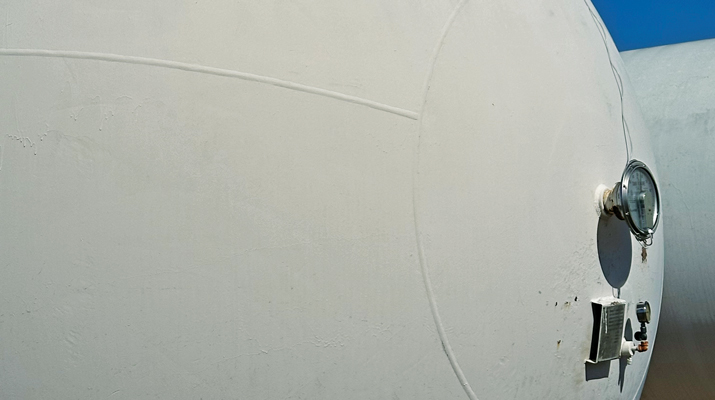Is that carbon monoxide-related claim covered?
Heating system installers denied in carbon monoxide case
The Minnesota Supreme Court recently considered whether a claim related to carbon monoxide poisonings was covered under a commercial general liability insurance policy.
In the case of Midwest Family Mutual Insurance vs. Wolters, et. al., the court determined there was no coverage for this type of claim under the insurance policy issued to Michael Wolters by Midwest Family.
Various contractors were involved in installing an in-floor radiant heating system. Wolters was the general contractor for the seasonal home owned by the Bartz family. The system used a boiler to heat propylene glycol, which is circulated in tubes in the concrete floor.
Wolters selected a subcontractor to install this system and claimed he specified that it use propane as its fuel source. The boiler that was ultimately purchased was designed to run on natural gas. It had a decal with the warning that the boiler was set for natural gas only. Despite this warning, Wolters connected the boiler to a propane line.
Wolters also directed another subcontractor to install carbon monoxide detectors throughout the home. The subcontractor claimed he tested the detectors to determine if they worked properly. But after the accident, it was discovered they were not connected to the AC power source, and the backup 9-volt batteries in each were installed backwards.
On the morning of Dec. 29, 2007, Catherine Brewster and Charles Bartz were in the home. Both experienced carbon monoxide poisoning. A lawsuit followed against Wolters and others. The insurer for Wolters was Midwest Family. It brought an action to declare its commercial general liability policy with Wolters did not cover claims involving carbon monoxide poisoning, as these claims were excluded from coverage under its “absolute pollution exclusion.”
To put forth the entire language of the policy that Midwest Family cited for its denial would take up most of this month’s magazine. I won’t put you through that.
But the gist of the position that Midwest Family took and that the Minnesota Supreme Court agreed with is as follows: The insurance policy issued to Wolters excluded coverage for bodily injury arising from a discharge or release of pollutants caused by his work or that of his subcontractors. Pollutant was defined in the policy in relevant part to include “any solid, liquid, gaseous, thermal, electrical emission (visible or invisible) or sound emission pollutant, irritant or contaminant.”
This decision is not what we in the legal community call the majority position in the country on this type of coverage in cases that have been written on this issue. A majority of courts in the United States limit the pollution exclusion to “traditional environmental pollution.” Carbon monoxide releases as found in this case would not fall into that category. In those states following the majority rule, there would have been coverage for Wolters under his commercial general liability policy for this claim.
A minority of states interprets the pollution exclusion literally. They hold that the exclusion “is not limited to traditional environmental pollution.” Under this interpretation of the pollution exclusion, there is no coverage for the insured – in this case, Wolters. The courts are almost evenly split between the majority and minority view on the interpretation of the pollution exclusion in these types of claims.
In this decision, the Minnesota Supreme Court is closely aligned with the minority view of the various courts. It looked to the “plain meaning” of the pollution exclusion and whether carbon monoxide would qualify as a pollutant under this analysis. It concluded that under this approach it would be considered a pollutant and thus excluded from coverage.
We see many cases in our office involving claims of carbon monoxide poisoning. When you make decisions about purchasing commercial general liability policies to protect your business, consider whether your policy would protect you in the event of a carbon monoxide-related claim or lawsuit. The states in which you conduct your business can have a great impact on that analysis.
John V. McCoy is with McCoy Leavitt Laskey LLC, and his firm represents industry members nationally. He can be reached at 262-522-7007 or jmccoy@MLLlaw.com.
















